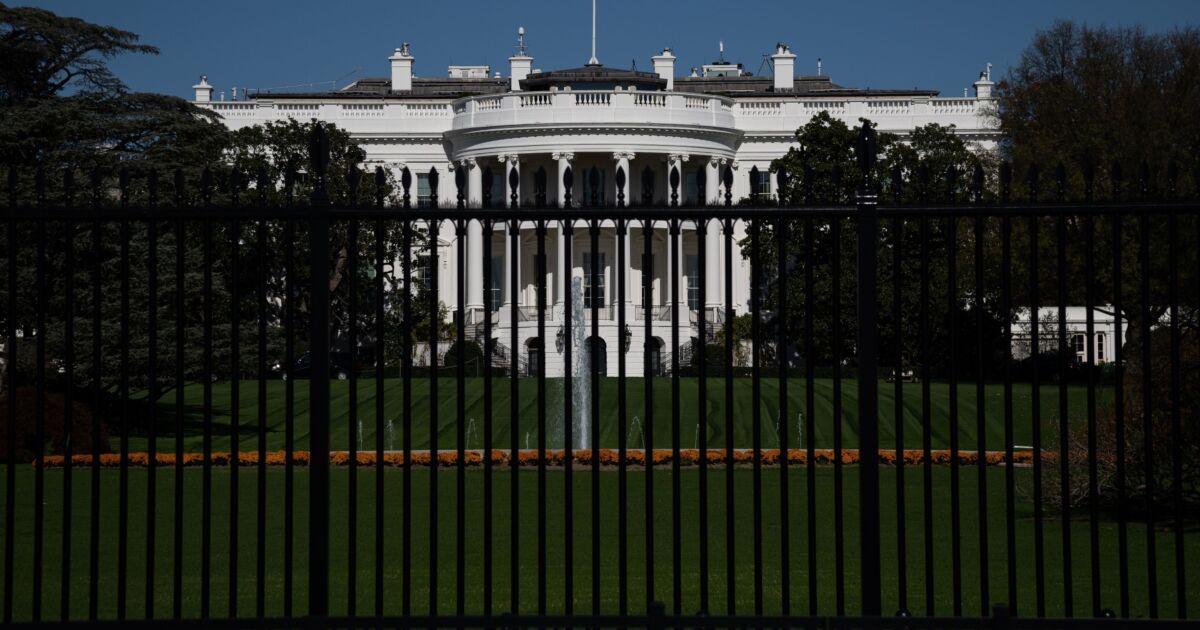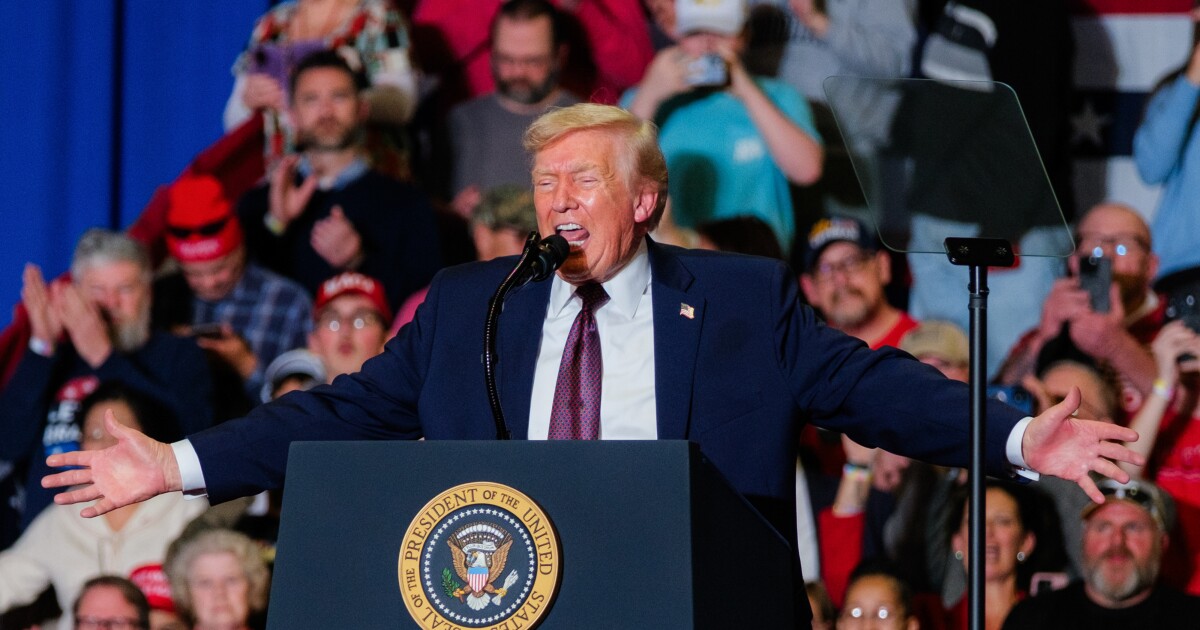
Over the past month, NMN asked industry leaders and housing analysts what they would like to see in a future agenda for housing finance in 2025. This is not so much a political commentary as a cry for relief after four years of technical chaos and progressive ineptitude under the Biden Administration.
Former President Donald Trump ignored the world of housing finance, but President Joe Biden imposed a new world order of progressive economic policies and operationally unworkable regulations to "help consumers," but at a vast cost to taxpayers and private industry. As one leading industry CEO told NMN: "The best thing would be to leave everything alone."
A number of executives and analysts said that the new administration should restrict the footprint of Fannie Mae and Freddie Mac by ending
The consensus among industry executives and analysts is that government housing policy in terms of providing help for low-income households is best provided by the Federal Housing Administration, Veterans Affairs and United States Department of Agriculture, not the government-sponsored enterprises. The Biden Administration's
Tobias Peter at American Enterprise Institute argues that a new administration should promote sustainable homeownership and wealth building for a narrowly targeted group of homebuyers. Peter says that support for
Several respondents said that a new administration should roll back most of the forbearance and partial claims programs that have been put in place during the Biden Administration. "Without default, mortgage lending becomes an entitlement," argues Peter. A number of commercial bankers echo this view and warn that progressive policies only appear to work because of strong home prices.
That said, many in the mortgage industry are happy with the new progressive regime of
A number of executives and analysts put
By mandating that FHFA and Ginnie Mae jointly oversee the residential mortgage market, the industry can work toward a single capital rule for nonbanks operating across the entire residential market. Just as the
The Ginnie Mae
In addition, as part of a new accord on capital for nonbank government issuers, HUD and Ginnie Mae should mandate reporting of unreimbursed expenses for all government issuers, including shortfalls in payments by loan guarantors (excluding curtailments of course), and the portion of interest expenses not reimbursed by Ginnie Mae.
With this important operational risk data in hand, Ginnie Mae then can benchmark the operational efficiency of all government issuers, banks and nonbanks alike, and enable credit risk-transfer transactions to reduce capital requirements. This new data will allow Ginnie Mae to increase the actual cash capital maintained by nonbank issuers, but dispense with the problematic parts in the Ginnie Mae risk-based capital proposal.
Instead of requiring that excess servicing be subtracted from capital, Ginnie Mae can encourage mortgage banks to retain more ESS income and capital, say 10% instead of the current 6%. Then to address the real issue, namely corporate cash, FHFA and Ginnie Mae must manage how mortgage banks use ESS transactions to fund operations and set a hard minimum retention standard.
The final piece of the puzzle is to use CRT for Ginnie Mae MBS to hedge unexpected tail risk for issuers. In the event of a significant recession, CRT can cover the portion of cash losses on credit, mostly from defaults on VA loans, plus unreimbursed cash expenses on loss mitigation and foreclosure. Expenses above those seen in the normal course are tail risks that the markets will finance, using the familiar template from the GSEs and the banks.
"FHFA states
If we imagine a unified capital rule from FHFA and Ginnie Mae for residential issuers and Ginnie Mae spun-out from HUD as an independent agency, then we are ready to deal with two last pieces of unfinished business in housing finance: ending
An independent and properly funded Ginnie Mae can operate at the same level as the GSEs from an operational perspective and, indeed, take over all loan insurance functions from Fannie and Freddie. The GSEs could then become pure nonbank issuers, without an insurance portfolio and with a mandate to serve as a standard setter and issuer of conventional loans. The GSE would become a backstop for the private markets and a counter-balance for the big banks, but would offer little alpha for equity investors.
As this writer noted in a blog post ("
In a brave new world, Fannie and Freddie would be functionally like PennyMac and Mr. Cooper, but would have a credit line from the Treasury and FHFA regulation. Is this enough of a difference to matter? In the event that Fannie and Freddie exit conservatorship, Treasury or Ginnie Mae will need to provide a sovereign guarantee for the MBS otherwise there is no deal. And the GSEs and other nonbanks compliant with FHFA and Ginnie Mae rules must be given access to the FHLBs.
"We need to start moving the GSEs toward a viable return on equity that would make ending the conservatorships more than a far off fever dream," notes one prominent industry analyst. But ultimately, turning the GSEs into private companies that can compete with the likes of PennyMac or Mr. Cooper, not to mention JPMorgan and U.S. Bancorp, is a considerable future task that awaits a new administration.



